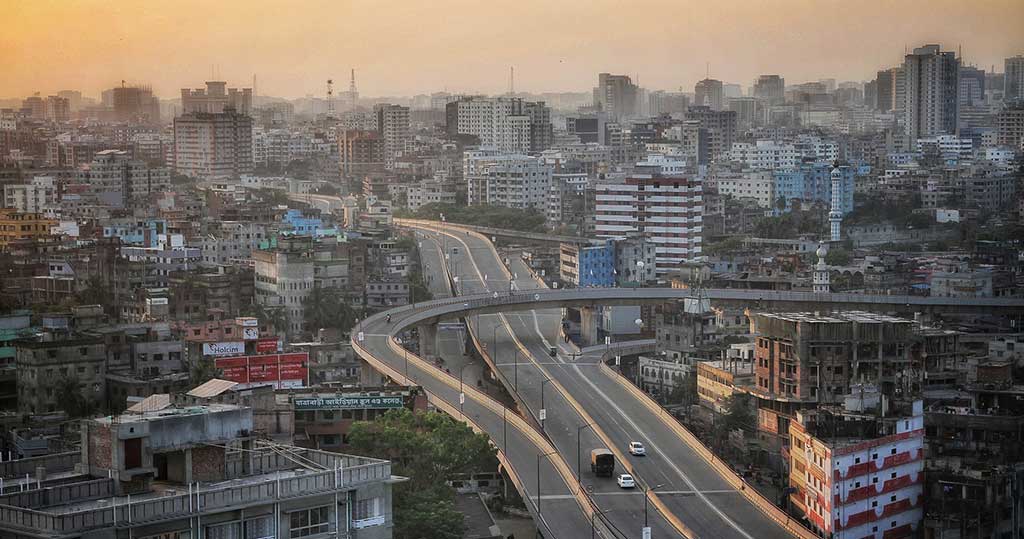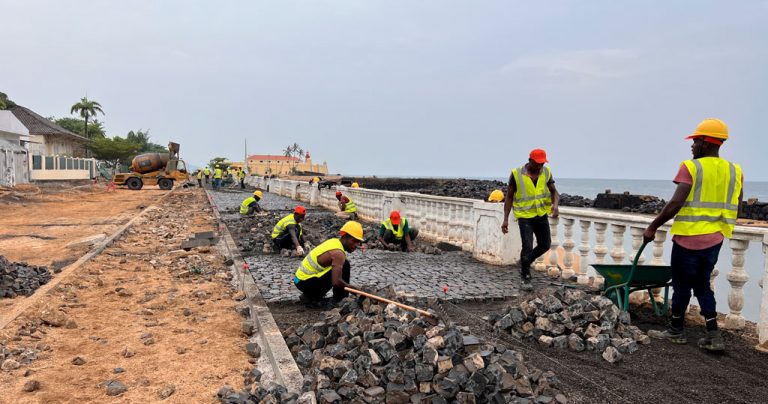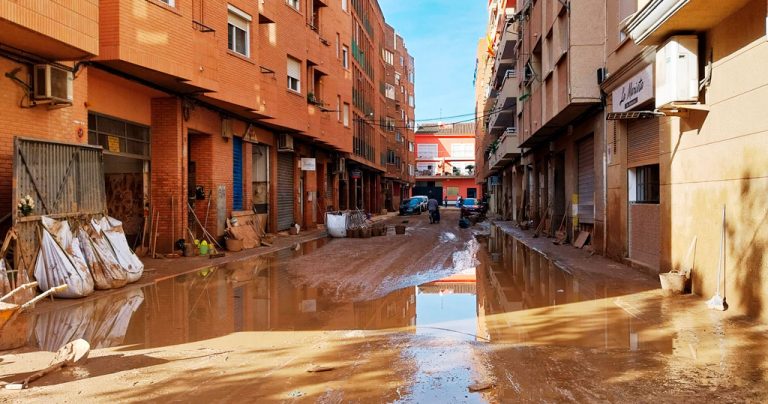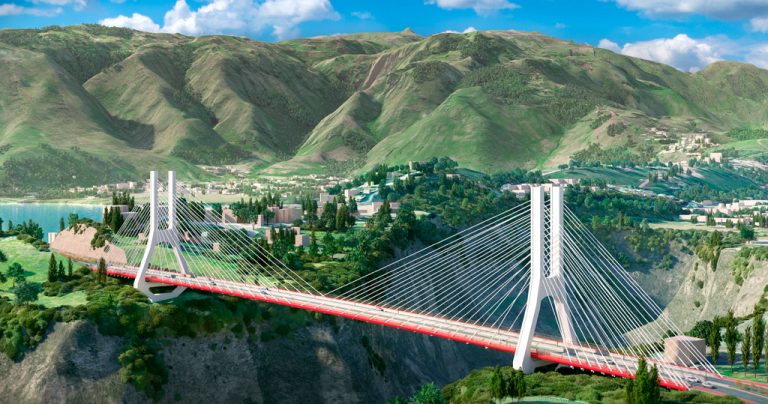Bangladesh is a riverine country divided into three parts by the Jamuna, Padma and Meghna rivers. The partitioning generated by the rivers in the territory causes great sociocultural differences among the population and uneven economic growth between them. The construction of bridges plays a key role in the transport policy and, therefore, in the development of the country.
The Bangladesh Bridge Authority (BBA) has fostered the preparation of a master plan to lay the foundations for the development of the country’s transport network and, at the same time, to carry out feasibility studies for four of the main road infrastructure projects, namely the bridges over the Meghna River, on the Shariatpur-Chandpur, Bhola-Lakhnipur and Gajaria-Munshiganj roads, as well as the elevated inner circular expressway around the city of Dhaka.
BBA has commissioned TYPSA, in association with several national and international companies, to draft the master plan and the feasibility studies for the aforementioned bridges. TYPSA will take on the entire project management responsibilities and will develop the master plan,
including an extensive fieldwork campaign across the vast expanse of the country, nationwide transportation modelling and the identification, prioritization and analysis of new investment projects in transportation, as well as the search for potential financing sources.
Concerning the feasibility studies for the three bridges and the elevated highway, TYPSA will be in charge of the traffic studies, structural design, plus hydrological and hydraulic analysis. TYPSA is developing this project in partnership with Dohwa (South Korea), Nippon Koei (Japan) and Bangladeshi companies BCL, DDC and DevCon.
The implementation of the master plan and the infrastructure feasibility studies are both taking place at a crucial time for Bangladesh, since the country is undergoing a process of sound and rapid development that is leading it to a key position in the context of the world economy. The need for planned transport policies along with the associated infrastructure investments to facilitate the country’s development policies and growth is embodied in the strategic plan known as VISION 2041.





